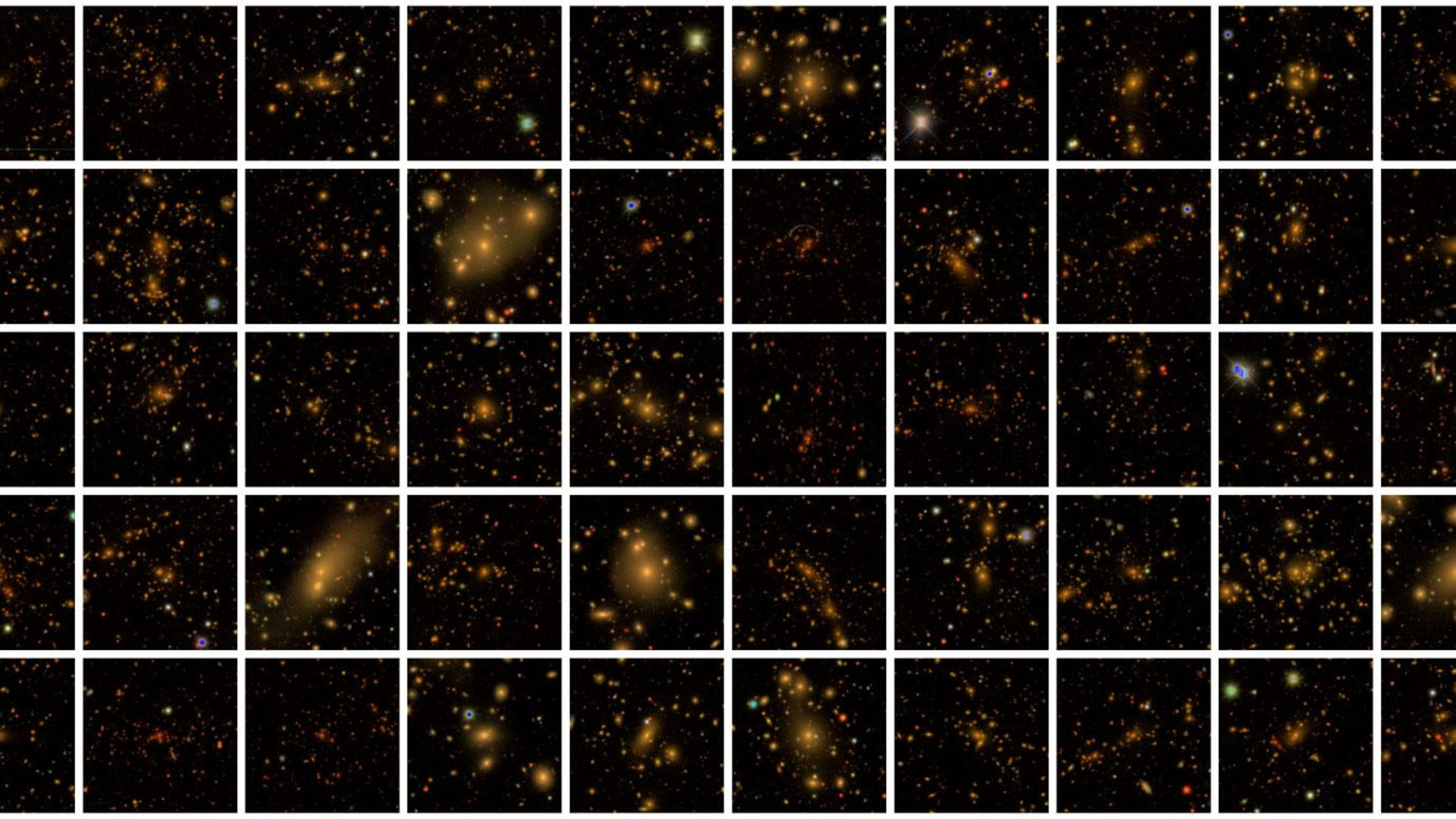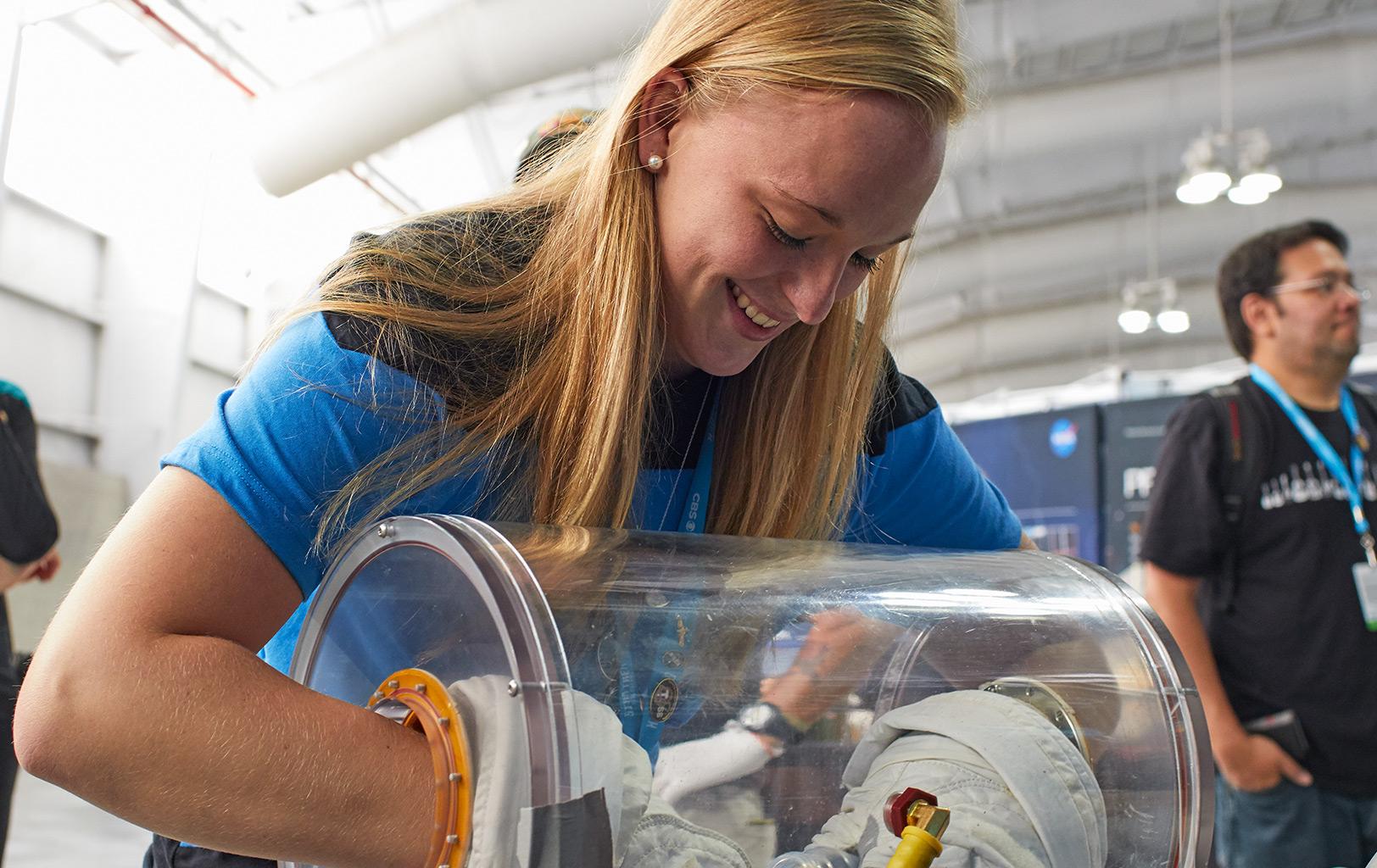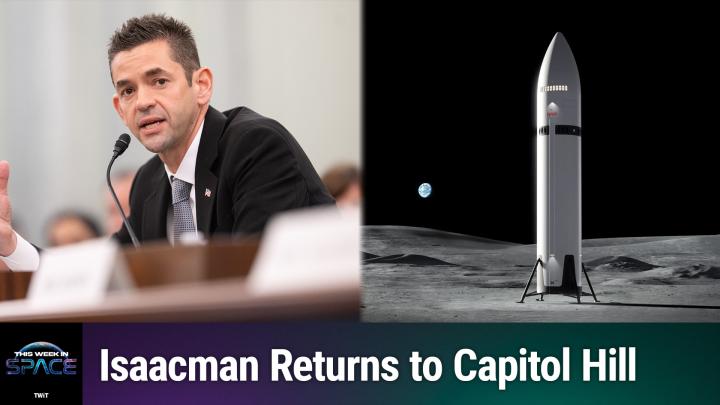This is the largest-ever galaxy cluster catalog. Could it reveal clues about the dark universe?
Astronomers have unveiled a new catalog of massive galaxy clusters, revealing new insight on the evolution of the universe

Astronomers have unveiled a new catalog of massive galaxy clusters, revealing insight on the evolution of the universe.
Galaxy clusters — the largest gravitationally bound structures in the universe — act as cosmic signposts that trace the distribution of dark matter and the mysterious dark energy driving the universe's accelerated expansion. Each containing hundreds to thousands of galaxies, these clusters' characteristics such as size depend on how cosmic structures form and evolve. Thus, they're a powerful test of cosmological models.
The new catalog of galaxy clusters was assembled using six years of data collected by the Dark Energy Survey (DES). The project leveraged a powerful Dark Energy Camera (DECam) mounted to the 4-meter Blanco Telescope in Chile to provide one of the most detailed looks yet at how matter clumps together across cosmic time, according to a statement from the University of Chicago.
Observations from the DES revealed tens of thousands of clusters spanning billions of light-years, giving scientists a vast dataset to measure how structure grows. The DES team used optical and near-infrared observations from the DECam to detect faint galaxies and estimate their distances, building a 3D picture of the cosmic web.
One of the main goals was to see whether the universe today behaves as predicted by the leading cosmological model, known as Lambda-Cold Dark Matter (LCDM). For years, scientists have debated a mild mismatch — the so-called "S8 tension" — between how strongly matter appears to clump in the present-day universe versus how it should based on early-universe data from the cosmic microwave background.
"Our results find that the Lambda-CDM model describes the observable universe well," Chun-Hao To, lead author of the study from the University of UChicago, said in the statement.
Because dark matter and dark energy cannot be observed directly, scientists use massive clusters to better understand these mysterious forces, which are known to push galaxies together or apart. And because clusters are so massive, it's easier to see the effects of dark matter and dark energy on them than it would be on smaller objects, the researchers said.
Breaking space news, the latest updates on rocket launches, skywatching events and more!
Creating the new catalog required careful modeling of how clusters overlap and how their masses are estimated. Future telescopes like the Vera C. Rubin Observatory and NASA’s Nancy Grace Roman Space Telescope will probe much deeper. As those observatories come online, astronomers expect to expand the catalog dramatically, tracking how clusters formed across more of the universe’s history.
For now, the new DES galaxy cluster catalog offers one of the clearest maps yet of the cosmic landscape. Their findings were published Sept. 18 in the journal Physical Review D.

Samantha Mathewson joined Space.com as an intern in the summer of 2016. She received a B.A. in Journalism and Environmental Science at the University of New Haven, in Connecticut. Previously, her work has been published in Nature World News. When not writing or reading about science, Samantha enjoys traveling to new places and taking photos! You can follow her on Twitter @Sam_Ashley13.
You must confirm your public display name before commenting
Please logout and then login again, you will then be prompted to enter your display name.
